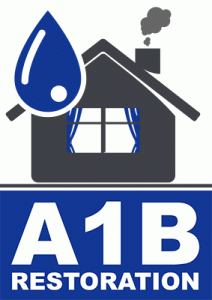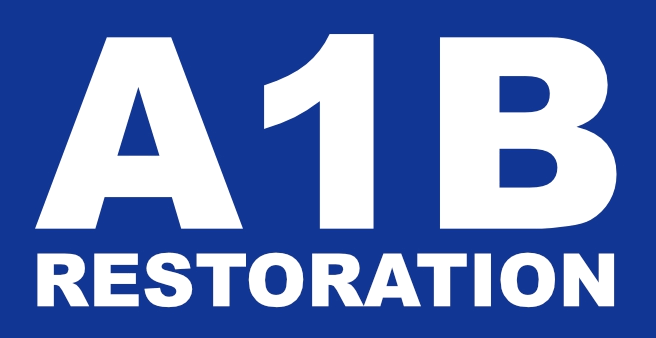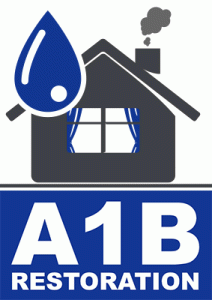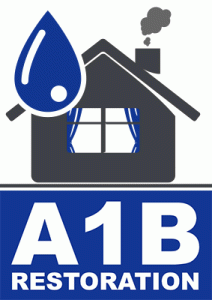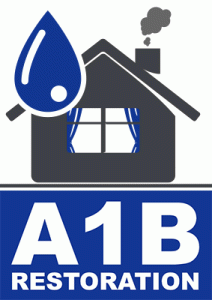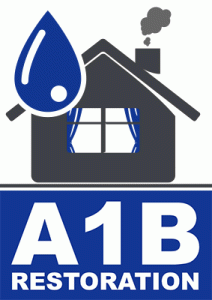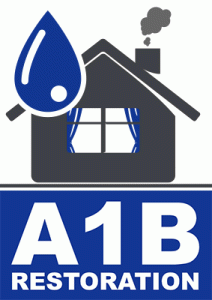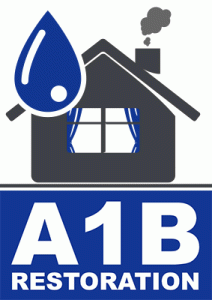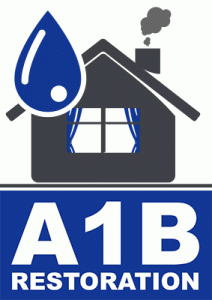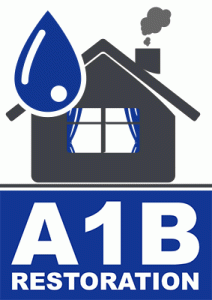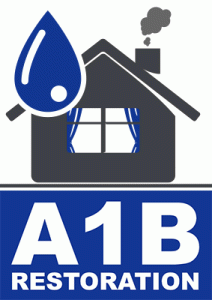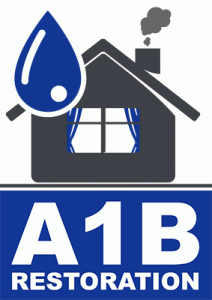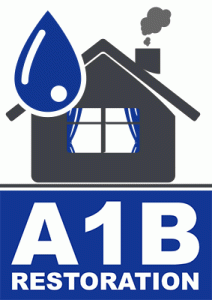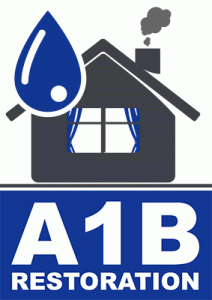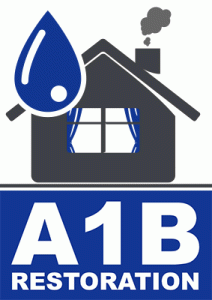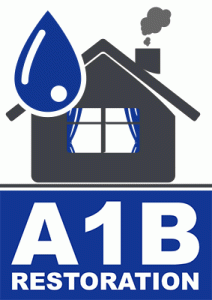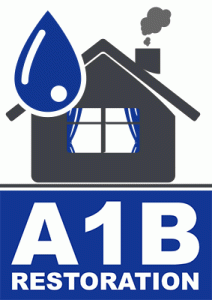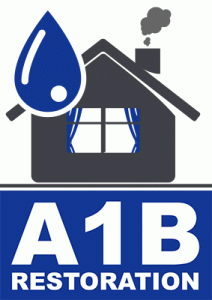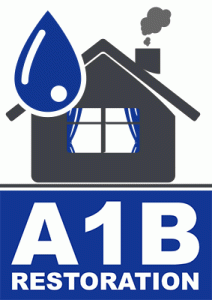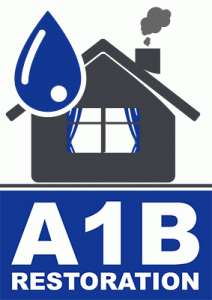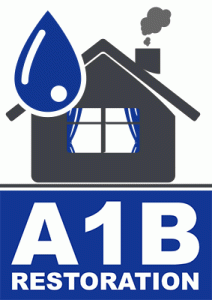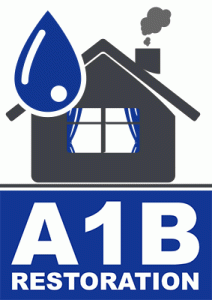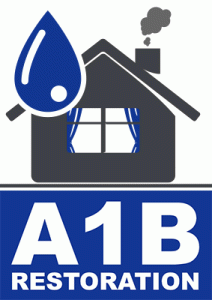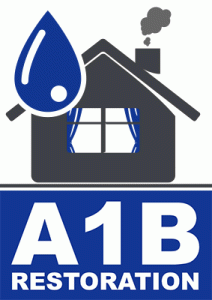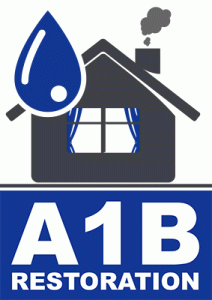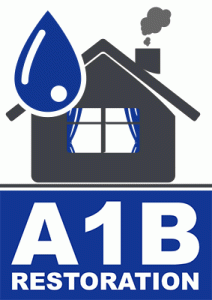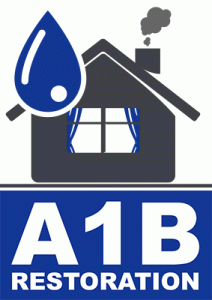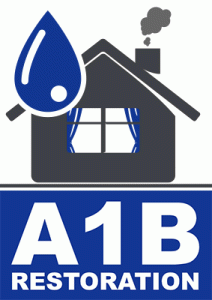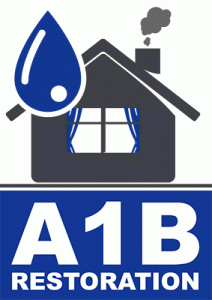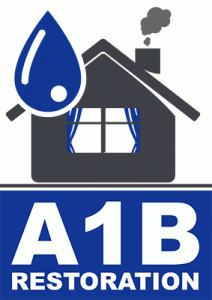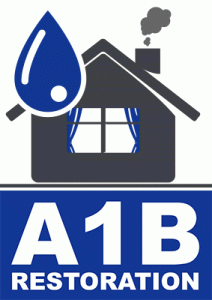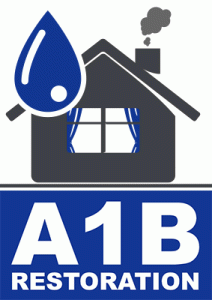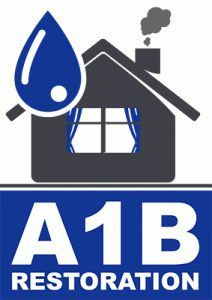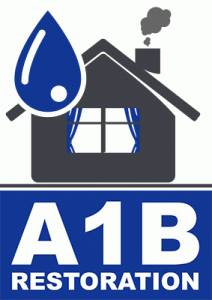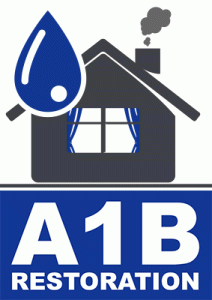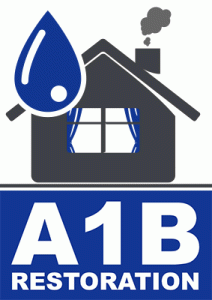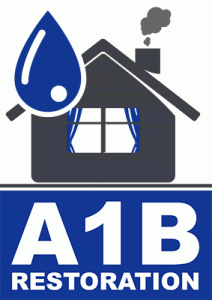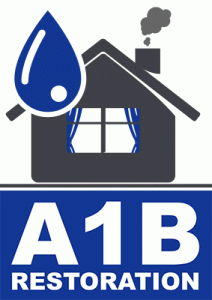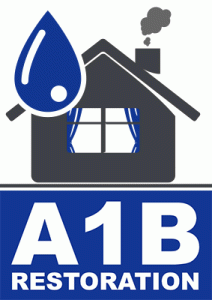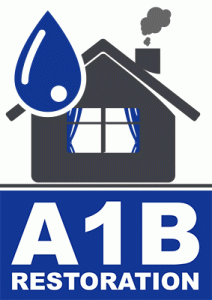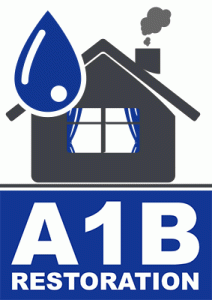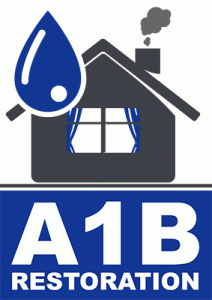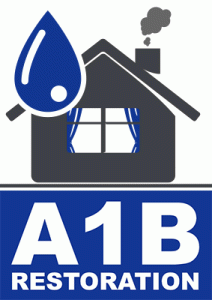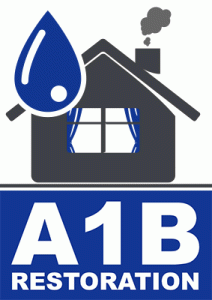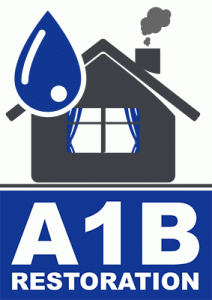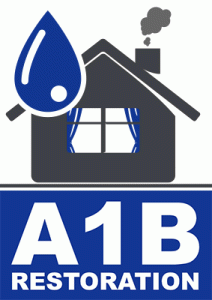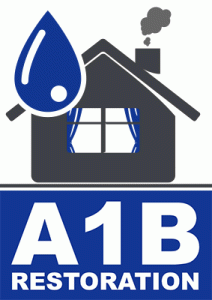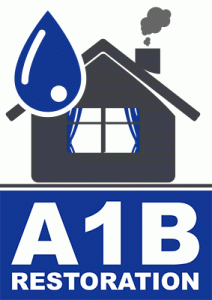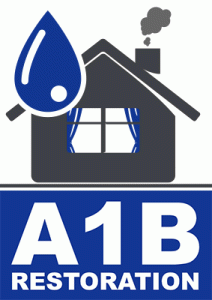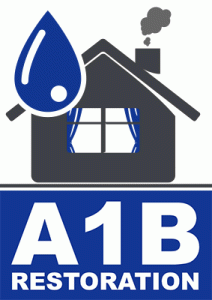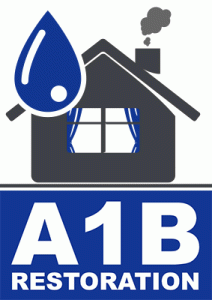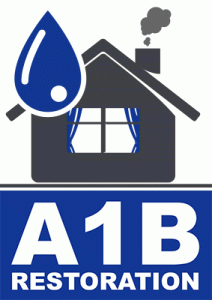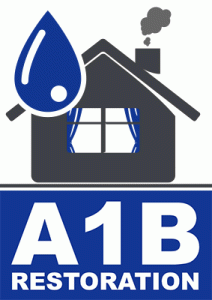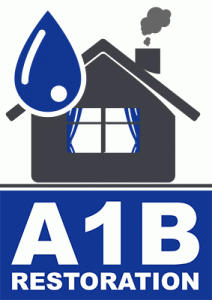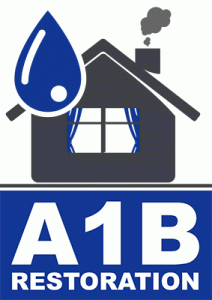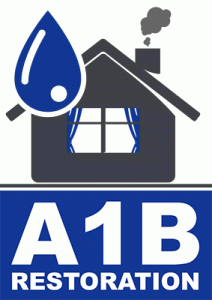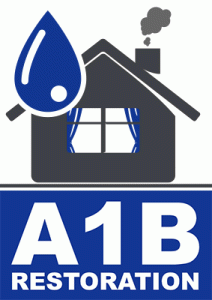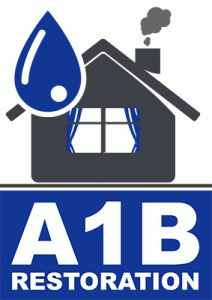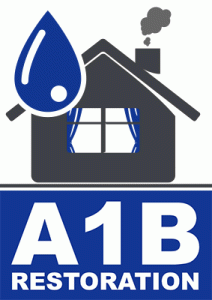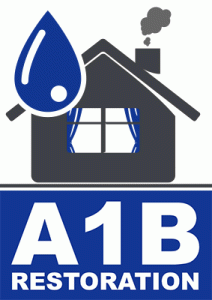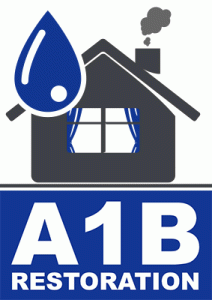Water Damage Restoration: A Look at the Tools and Equipment Used
Water damage can cause significant disruptions and lead to substantial financial losses if not addressed promptly. Whether caused by natural disasters, plumbing failures, or roof leaks, effectively restoring a property requires specialized tools and equipment. In this article, we delve into the essential tools and equipment used in water damage restoration, providing insights on their roles and benefits in the restoration process.
Understanding Water Damage Restoration
Before exploring the tools and equipment, it’s crucial to understand what water damage restoration entails. This process involves removing water, drying out affected areas, and restoring the property to its pre-damage condition. Timely intervention is critical as water can cause mold growth, structural damage, and health hazards.
Key Tools and Equipment Used in Water Damage Restoration
1. Water Extraction Tools
Water extraction is the first step in any restoration process. Effective removal of standing water minimizes damage and prevents mold growth. The most common water extraction tools include:
- Submersible Pumps: These pumps are designed to remove large volumes of water quickly. They are ideal for flooded basements or other areas with substantial water accumulation.
- Wet/Dry Vacuums: Portable and versatile, wet/dry vacuums are used to remove smaller amounts of water from carpets, floors, and other surfaces.
2. Drying and Dehumidification Equipment
Once excess water is removed, the next step involves drying and dehumidifying the space. This is crucial to prevent mold and mildew growth:
- Air Movers: These high-speed fans circulate air to enhance evaporation and reduce drying time.
- Dehumidifiers: Industrial-grade dehumidifiers remove excess moisture from the air, ensuring effective drying.
According to the EPA, maintaining indoor humidity levels below 60% is essential to prevent mold growth.
3. Moisture Detection Tools
Identifying hidden moisture is vital to prevent future problems. Moisture detection tools include:
- Moisture Meters: These devices measure moisture levels in materials, helping to identify areas that need further drying.
- Infrared Cameras: These cameras detect temperature variations, revealing hidden moisture in walls, floors, and ceilings.
4. Mold Remediation Tools
Mold growth is a common consequence of water damage. Effective remediation involves:
- HEPA Vacuums: These vacuums capture microscopic mold spores, preventing them from spreading.
- Air Scrubbers: These devices filter airborne particles, improving air quality during remediation.
Choosing the Right Equipment for Water Damage Restoration
Selecting the appropriate equipment depends on the extent of the damage and the specific needs of the property. For instance, larger areas may require industrial-grade equipment, while smaller spaces might be sufficiently restored with portable tools. Consulting with a professional restoration company can ensure the right tools are used for efficient and effective restoration.
Actionable Tips for Homeowners
While professional intervention is often necessary, homeowners can take preliminary steps to mitigate water damage:
- Act Quickly: Time is critical in water damage situations. Immediate action can significantly reduce damage.
- Document the Damage: Take photos and videos for insurance claims and to help restoration professionals assess the situation.
- Ensure Safety: Turn off electricity in affected areas and wear protective gear if necessary.
Conclusion
Water damage restoration is a complex process that requires specialized tools and equipment. Understanding the purpose and function of each tool can help homeowners and restoration professionals efficiently address water damage, minimizing long-term impacts. By acting swiftly and employing the right equipment, property owners can restore their homes to safe and habitable conditions.
For more information on water damage restoration, consider reaching out to certified professionals who can provide tailored solutions to meet your specific needs.

Carrollton Texas water damage restoration near me

emergency water damage restoration Carrollton Texas
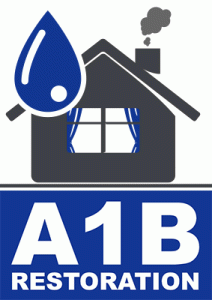
water mitigation company near me Lake Dallas Texas

best water damage restoration near me Irving Texas
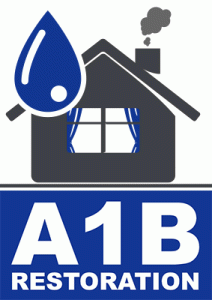
residential water damage restoration Mesquite Texas
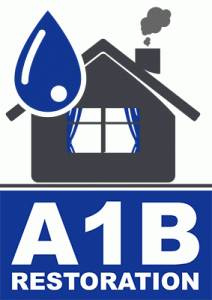
water damage restoration services near me Murphy Texas

best water damage restoration near me Rockwall Texas
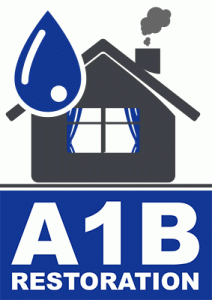
Colleyville TX water damage restoration services
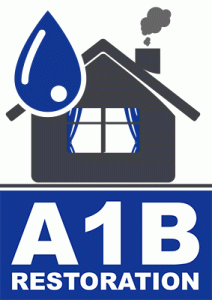
Bedford Texas water damage restoration service near me

Haltom City Texas restoration water damage companies

North Richland Hills Texas restoration water damage companies

Lakewood Dallas Texas water cleanup service near me

Royse City Texas water damage restoration near me

Preston Hollow Dallas Texas water extraction company near me

Lake Dallas Texas restoration water damage companies
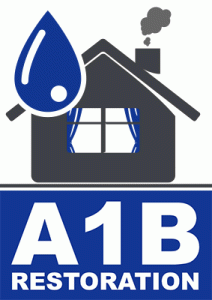
Grand Prairie Texas water damage restoration service near me
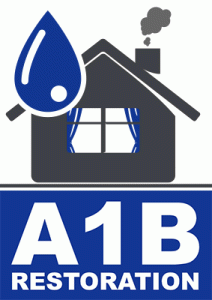
Rowlett Texas water damage restoration service near me
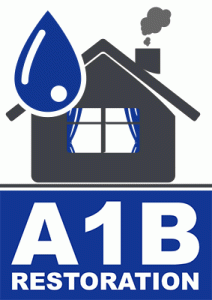
Grand Prairie TX water damage restoration companies
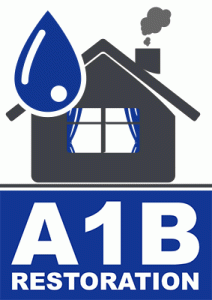
Irving TX water damage restoration companies near me
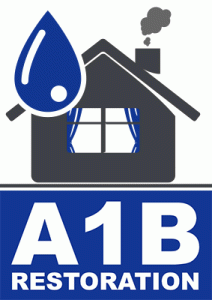
Lake Highlands Dallas TX water restoration services

Fate TX water damage restoration companies near me
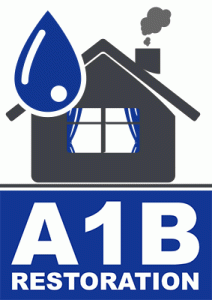
Lakewood Dallas TX emergency water damage cleanup

Plano TX water damage restoration companies near me
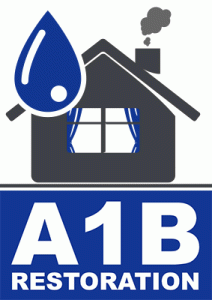
Preston Hollow Dallas TX water restoration services
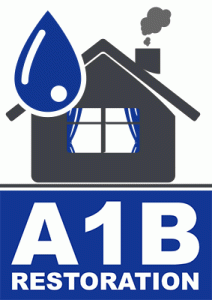
Carrollton TX water damage restoration companies near me

water remediation company near me Carrollton Texas
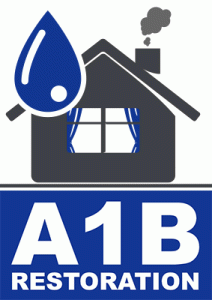
restoration services water damage Lake Dallas Texas

residential water damage restoration Lake Highlands Dallas Texas
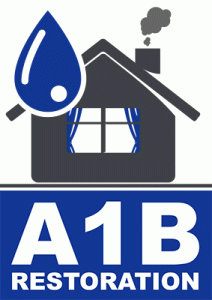
water damage and restoration companies Rowlett Texas
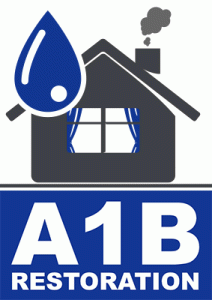
water damage and restoration companies Royse City Texas
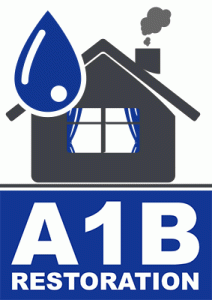
emergency water damage restoration Duncanville Texas
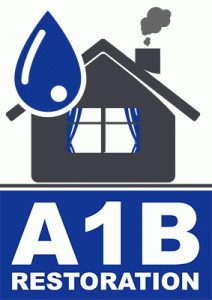
restoration services water damage Cedar Hill Texas

water remediation company near me Sunnyvale Texas
